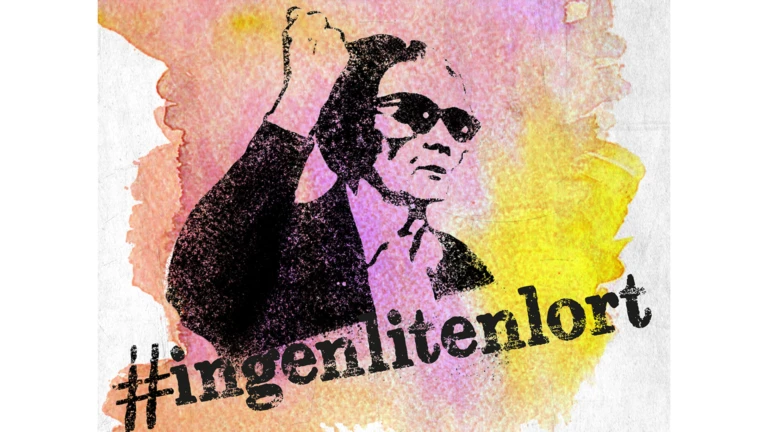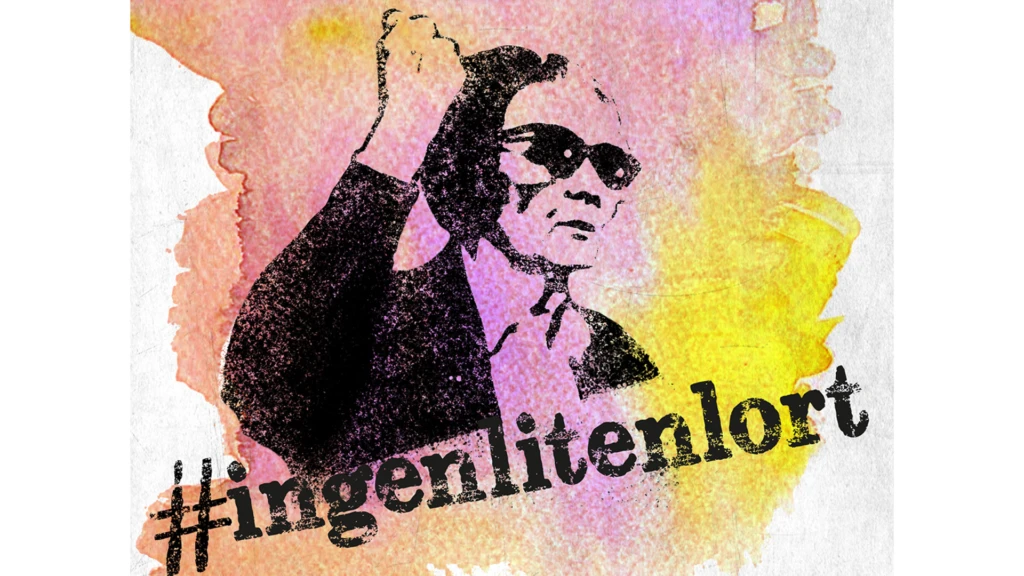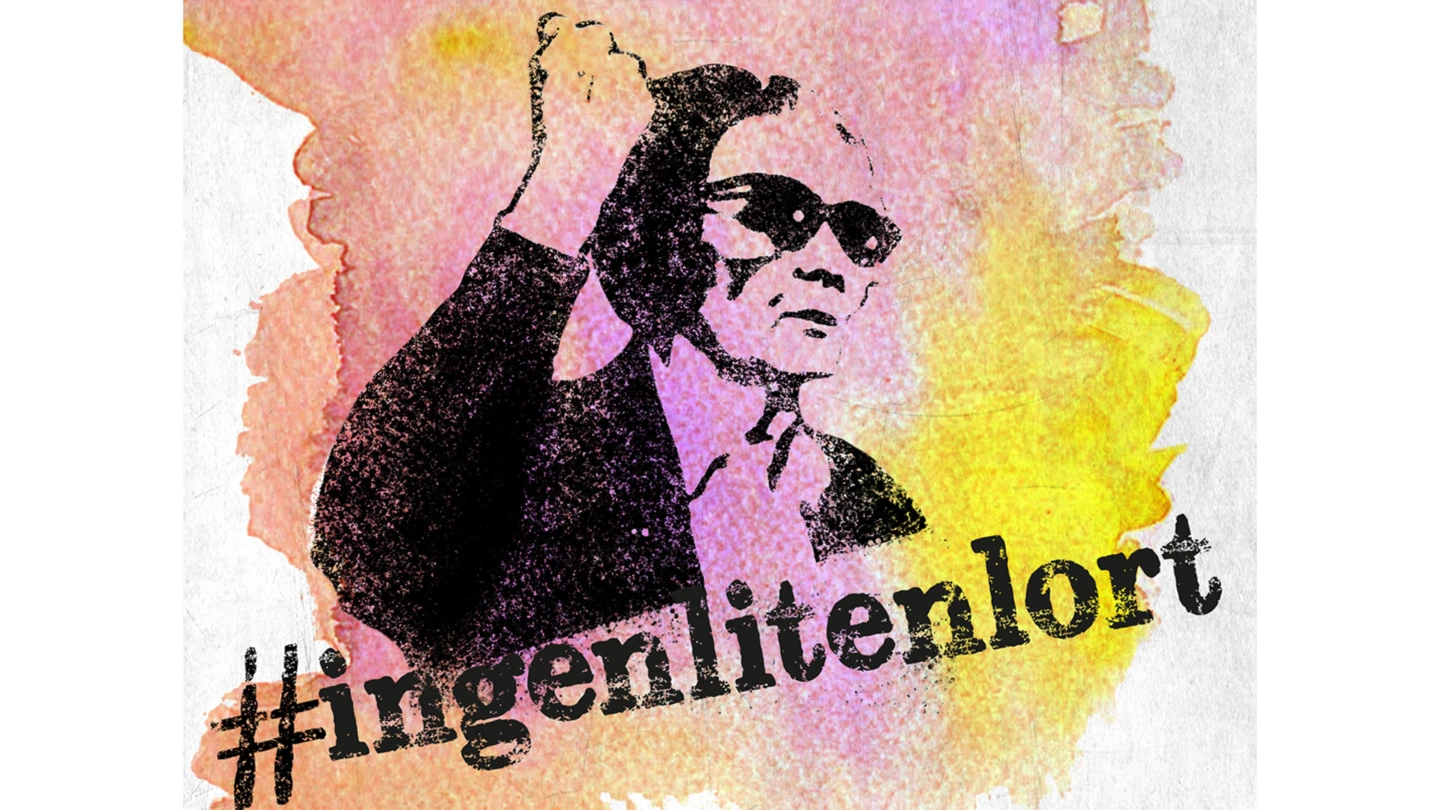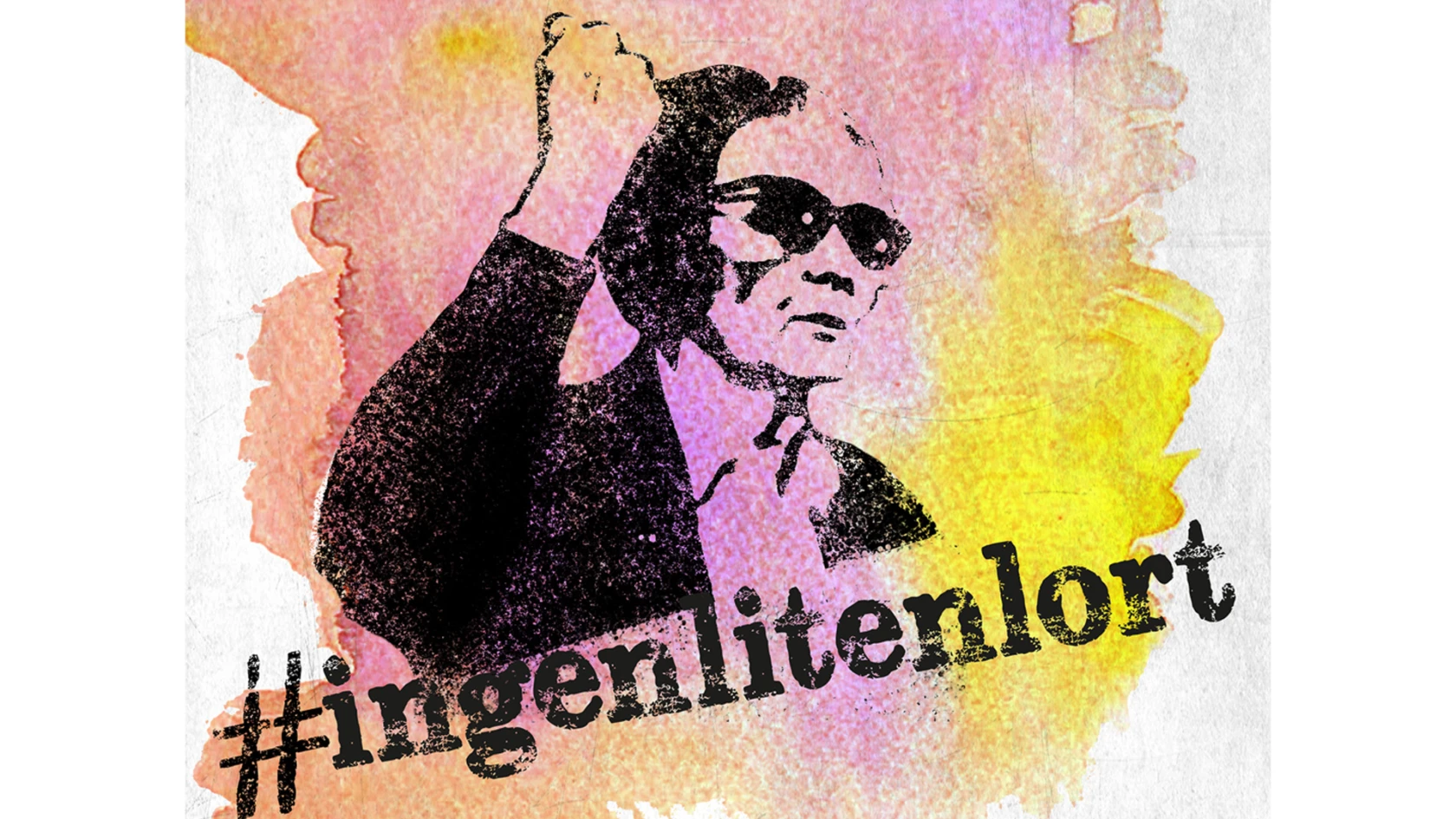#ingenlitenlort – An exhibition based on Astrid Lindgren as a creator of public opinion
She campaigned against nuclear power and for protecting the countryside. She gave animals a voice and protested against cramped cages and inhumane conditions. She took a stance against violence, championed the rights of refugee children and condemned young neo-Nazis. This is an exhibition about Astrid Lindgren’s activism and the importance of making your voice heard.
Astrid Lindgren is not only one of Sweden’s most well-known authors but also one of the most translated authors in the world. Millions of people have enjoyed reading about the adventures of Pippi Longstocking, laughed at That Boy Emil and shed a tear for The Brothers Lionheart. The exhibition #ingenlitenlort brings to light a lesser known side of Astrid Lindgren’s life and world. A world dominated by her unwavering commitment to creating and shaping public opinion that would continue even as she approached the age of 90.
At the age of 68, Astrid Lindgren was already world famous when she created a public uproar over the fact that she paid more tax than she earned. She subsequently wrote the story of Pomperipossa which was published in the newspaper Expressen in 1976. This sparked a public debate about power and the abuse of power as well as the self-image of the social democratic government at the time. The story is said to have contributed to the government losing the election that same year. 1976 also marks the beginning of a period when Astrid Lindgren’s writing takes a secondary role to her interest in social issues.
The exhibition raises many timely questions: What happens to a democratic society when our current politicians are unable to build a government? How can you make your voice heard amongst all the opinions online and through the digital noise on your phone and computer? Could you be more courageous? How much power do words hold? Why do some words wield power while others diminish it? What are the most important words in discussion today? What would cause you to raise your voice? In this exhibition, the visitor has the opportunity to contemplate the idea of speaking out as well as considering the opinions of others.
There is a comprehensive teaching guide to complement this exhibition. The guide stems from teaching guidelines and is aimed at year 6 up to and including year 1 of high school. The content can easily be adapted to Swedish for Immigrants classes. The exhibition is presented in both English and Swedish.
In association with: Astrid Lindgren’s Näs. The exhibition was produced on assignment from The Association for the preservation of Astrid Lindgren’s work along with financing from The Swedish Post Code Association, Salikon Publishers, Astrid Lindgren AB and Actit Kommunikation AB.






